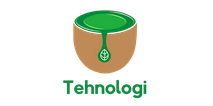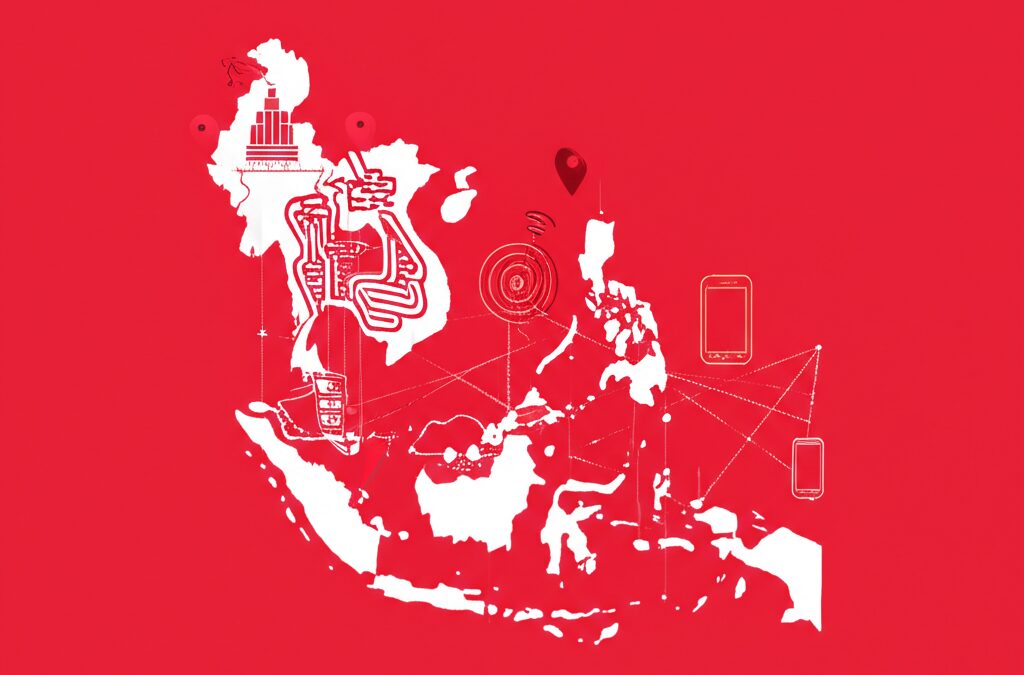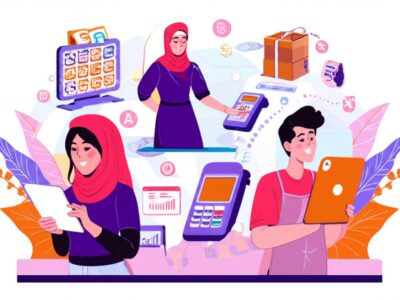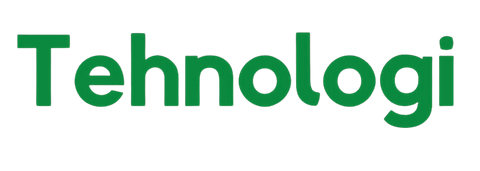Introduction: Green Is the New Gold
Sustainability isn’t just a buzzword anymore—it’s a movement, a necessity, and, frankly, the future. In 2025, businesses that ignore sustainability might as well start waving goodbye to customers, investors, and opportunities. But here’s the kicker: going green isn’t just good for the planet; it’s fantastic for your brand. Customers want to support companies that align with their values, and eco-friendly brands stand out in all the right ways.
But let’s be real: creating a sustainable brand isn’t about slapping a green logo on your website and calling it a day. It’s about authenticity, impact, and weaving sustainability into everything you do. The good news? Building an eco-friendly brand isn’t as hard (or expensive) as you think, and it comes with massive benefits for your reputation, customer loyalty, and even your bottom line.
So, whether you’re starting from scratch or rethinking your existing business, this guide will take you through everything you need to know to build a sustainable brand that truly makes a difference. Let’s get started.
Why Sustainability Matters for Businesses
1. Customers Demand It
Today’s consumers are more eco-conscious than ever. They don’t just want good products—they want good products that don’t cost the Earth (literally). Studies show that a whopping 66% of global consumers are willing to pay more for sustainable goods, and that number keeps growing.
2. It’s Good for Your Bottom Line
Sustainable practices often lead to efficiency—and efficiency saves money. From reducing energy costs to minimizing waste, going green can be a win-win for your finances and the planet.
3. Regulations Are Getting Stricter
Governments worldwide are introducing stricter environmental regulations. By adopting sustainable practices now, you’re not just staying ahead of the curve—you’re future-proofing your business.
4. Sustainability Builds Trust and Loyalty
People want to support businesses that care about more than just profits. A strong commitment to sustainability shows your customers, employees, and partners that you’re in it for the greater good.
How to Build a Sustainable Brand
1. Start with Your Why
Before diving into action, take a step back and define your purpose. Why do you want to create a sustainable brand? What impact do you want to have?
- Ask yourself:
- What environmental issues resonate most with my business and values?
- How can my products or services contribute to a greener world?
- What sustainable practices align with my brand’s mission?
Pro Tip: Be genuine. Customers can smell greenwashing from a mile away. Your commitment to sustainability should feel authentic and rooted in real impact.
2. Rethink Your Products or Services
Your products or services are at the heart of your brand. To create an eco-friendly business, you need to consider their environmental impact at every stage—design, production, distribution, and disposal.
- Practical steps:
- Use sustainable materials: Opt for recycled, renewable, or biodegradable options.
- Reduce waste: Streamline your production process to minimize offcuts, excess packaging, and other waste.
- Offer eco-friendly alternatives: Can you replace single-use items with reusable or compostable versions?
Example: Patagonia doesn’t just make outdoor gear—they repair and recycle old items to keep them out of landfills. It’s a brilliant way to align their products with their mission.
3. Green Your Supply Chain
Your supply chain is a huge part of your environmental footprint. To truly embrace sustainability, you’ll need to dig deep into where your materials come from, how they’re transported, and who you’re working with.
- How to green your supply chain:
- Partner with suppliers who prioritize sustainability.
- Choose local suppliers to cut down on transportation emissions.
- Look for certifications like Fair Trade or FSC to ensure ethical sourcing.
Pro Tip: Transparency is key. Share details about your supply chain with your customers—it builds trust and shows you’re walking the talk.
4. Embrace Sustainable Packaging
Packaging is often the first interaction customers have with your product, and it’s a golden opportunity to show your commitment to sustainability.
- Tips for eco-friendly packaging:
- Use materials like recycled paper, biodegradable plastics, or reusable containers.
- Avoid excessive packaging—minimalism is in.
- Encourage customers to recycle or reuse your packaging.
Example: Lush Cosmetics wraps their products in 100% recyclable paper and even offers incentives for customers who return empty containers.
5. Reduce Your Carbon Footprint
If you want to build a truly eco-friendly brand, tackling your carbon emissions is non-negotiable.
- Where to start:
- Switch to renewable energy: Solar, wind, or hydropower are great options.
- Offset your emissions: Invest in carbon offset programs like tree planting or renewable energy projects.
- Optimize logistics: Choose energy-efficient transportation and consolidate shipments.
Pro Tip: Use a carbon calculator to measure your current footprint and set reduction goals.
6. Educate and Engage Your Audience
Your customers are your biggest allies in sustainability. The more you educate and involve them, the stronger your impact will be.
- How to engage your audience:
- Share your sustainability journey on social media.
- Offer tips and resources for eco-friendly living.
- Host events or campaigns to promote environmental awareness.
Example: IKEA launched a “Buy Back” program, encouraging customers to return old furniture for resale or recycling. It’s a win for the planet—and for brand loyalty.
7. Be Transparent About Your Efforts
Sustainability is a journey, not a destination. No brand is perfect, and that’s okay. What matters is your willingness to improve—and your honesty about where you stand.
- What transparency looks like:
- Publish sustainability reports with measurable goals and updates.
- Acknowledge your challenges and areas for improvement.
- Share the results of your efforts, whether it’s reduced emissions or waste saved.
Pro Tip: Being transparent builds trust, even if you’re not where you want to be yet.
Common Pitfalls to Avoid
1. Greenwashing
Don’t claim to be sustainable unless you can back it up. False or exaggerated claims can damage your reputation faster than you can say “eco-friendly.”
2. Overcomplicating Things
You don’t have to overhaul your entire business overnight. Start small and build on your efforts. Even simple changes, like switching to recycled paper or reducing energy use, can make a big difference.
3. Ignoring Economic Sustainability
Remember, sustainability isn’t just about the environment—it’s also about building a business that can thrive long-term. Balance your green goals with financial viability.
The Benefits of Building a Sustainable Brand
1. Increased Customer Loyalty
Customers are more likely to stick with brands that align with their values. Sustainability isn’t just a selling point—it’s a loyalty driver.
2. Positive Public Relations
A strong commitment to sustainability can boost your brand’s reputation and attract media attention. It’s great for visibility and credibility.
3. Long-Term Cost Savings
Sustainable practices often lead to efficiencies that save money over time. Whether it’s reduced energy bills or less waste, going green can be good for your wallet.
Use Case: Ecosia – From Startup to Sustainable Search Engine
The Idea : Solving a Real Problem
Ecosia started with a simple but powerful mission: to fight climate change by planting trees. Its founder, Christian Kroll, wanted to create a search engine that not only provided a great user experience but also gave back to the planet. The idea was straightforward: use ad revenue generated by searches to fund tree-planting projects worldwide.
The Execution : Turning Vision into Action
- Sustainability at the Core: Ecosia was built as a certified B Corporation, meaning sustainability and ethical business practices were baked into its DNA. They committed to using 80% of their profits for reforestation efforts, ensuring that their mission aligned directly with their business model.
- Transparency Builds Trust: Ecosia shares monthly financial reports, showing exactly how their funds are used and how many trees they’ve planted. As of now, they’ve funded the planting of over 160 million trees worldwide.
- Green Infrastructure: Ecosia took sustainability a step further by running their servers on renewable energy. Every search helps remove about 1 kilogram of CO₂ from the atmosphere, thanks to the trees planted and their carbon-neutral operations.
Results: An Eco-Friendly Brand That Resonates
- Consumer Adoption: Ecosia now has over 20 million active users. It’s proof that customers are willing to switch to a sustainable alternative when the value proposition is clear.
- Scalability: What started as a small, purpose-driven idea is now a global movement. Ecosia has expanded its tree-planting projects to over 30 countries, proving that sustainability and growth can coexist.
Lessons for Your Business
- Start with a Purpose: Ecosia’s mission—planting trees—was simple, clear, and universally appealing. Find a purpose that resonates with your target audience.
- Be Transparent: Sharing their financial reports and tree-planting progress built trust and credibility, making customers feel like part of the journey.
- Align Sustainability with Your Product: Ecosia’s product (a search engine) directly fuels their mission. Find ways to connect your business operations with your sustainability goals.
This example shows how starting small with a clear mission can grow into a sustainable, impactful business that customers genuinely love.
Conclusion: Your Business, Your Impact
Creating an eco-friendly brand isn’t just about saving the planet (although that’s a pretty great reason). It’s about future-proofing your business, connecting with conscious consumers, and leaving a legacy you can be proud of.
Start where you are, take it one step at a time, and remember: even the smallest changes can add up to a big impact. Because when your business goes green, everyone wins. So, what are you waiting for? The planet—and your customers—are counting on you.
















